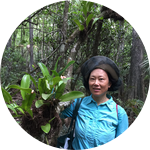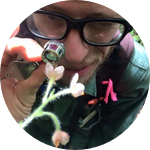Project Results
In older, unlogged rainforest of Hainan Island, China, leaves of saplings were larger, and fine root systems of saplings were thicker with fewer root tips than in historically logged areas. These results were consistent among 15 Angiosperm lineages, even though families differed widely in their leaf and root traits.
About This Project
Roots are an important, yet understudied, part of tropical forests. We need to better understand how roots vary with environment. We have measured fine root functional traits for 400 individuals of 50 tree species in Jianfengling, Hainan, China, to look at the root trait variability across a soil and forest age gradient. However, we do not fully know the range of soil environmental conditions across which we have sampled, so we are raising funds for laboratory soil analyses.
Ask the Scientists
Join The DiscussionWhat is the context of this research?
A recent interest by tropical forest ecologists to better understand belowground processes and their role in carbon cycling of tropical forests is developing. Norby & Iversen (2017) summarize what we know about roots, their biological functioning, and how that scales up to ecosystem-level processes. The favored approach in plant ecology, especially in diverse forests, is to use "functional traits" to help understand general trade-offs in plant strategies among the great numbers of plant species. We used a functional trait approach and sampled fine root traits for >400 individuals of >50 taxa in two forest areas (a 60-year old secondary and a primary) of a tropical island forest in China to see how variable root traits are.
What is the significance of this project?
We are at a crossroads in human history. Never before has human well being and the existence of mankind been so directly at odds with economics, resource-use and consumption. Despite the seeming doomsday scenario, there is hope. That hope lies in better understanding the effect and magnitude of rising carbon dioxide levels on the Earth's ecosystems. Scientific modelers, whose job it is to do just that, have identified a need for more data on belowground carbon pools (i.e. roots) (Kueppers et al. 2016). Modelers can use our trait based measurements, and a better understanding of how they vary with soil conditions and forest age to inform models that predict belowground carbon storage over time and across large areas of tropical forests.
What are the goals of the project?
This project has two goals. The first is examine how plastic root functional traits are within a species (i.e. among individuals). That is why we need to study several individuals of each species in each of the forest types. The recent trend in plant functional ecology has been along these lines, quantifying intraspecific variability rather than treating traits as point estimates. The second goal is to look at how root functional traits vary with forest age and across a soil gradient, which are related in Jianfengling. The primary forest area has nutrient-poor clay soils, whereas the secondary forest has sandier, more nutrient-poor soils. However, quantifying the soil nutrient concentrations in these areas depends on further laboratory analysis of the soils.
Budget
We are in need of laboratory analysis of soil sample collected from around the roots of each tree that we sampled. We plan to analyze 300 soil samples. 6 individuals of each species. Each soil sample costs around $35 to analyse. We are looking for half of the funding via experiment.com. The other half will be matched by institution if we are successful in meeting our goal of raising $5,000.
Experiment.com charges around 5% as a fee for hosting our fundraising campaign. The payment processor also charges a similar fee. Therefore, we have added a $500 buffer to cover these fees.
With your help we will be sending out soil sample to the lab for analysis! Thank you for your support!
Endorsed by
 Project Timeline
Project Timeline
Much of the fieldwork for this study has already been completed. Some continued collection of roots will be ongoing, but sporadic for the next month, while I remain in Jianfengling. We restrict the timeline of events as they pertain to the soil samples, their analysis, the return of those data, the incorporation of the soils data into the project and the eventual publication of the results.
Jun 15, 2017
Project Launched
Jul 07, 2017
Soil samples sieved, and prepared for shipment to China Southern Agricultural University in Guangzhou, China
Jul 14, 2017
Soil samples received by China Southern Agricultural University - lab analysis begins
Dec 31, 2017
Lab analyses completed by China Southern Agricultural University - data delivered to researchers
Mar 31, 2018
Manuscript submission to top level peer-reviewed journal using the soil data
Meet the Team
Team Bio
We have a great team collaborating on this project. My doctoral research adviser, Dr. Christopher Baraloto, is a tropical forest ecologist who has worked throughout the Amazon. Dr. Oscar Valverde-Barrantes is our root expert, and is responsible for sparking my interests in belowground functional traits. Dr. Ding Qiong at Hainan University has worked with roots in Jianfengling, and Dr. Xu Han is PI of the Jianfengling 60-Ha forest plot, the largest of its kind in China.
Aaron Hogan
I am a young, but experienced tropical forest ecologist. I am currently working on a PhD in Biology at Florida International University in Miami, FL. I have worked extensively in Puerto Rico, and now in China. I am broadly interested in tropical forests, their diversity, and their responses to global climate change.
Your support is greatly appreciated! Thank you!
Feel free to follow me on my website: www.jamesaaronhogan.com
or on Twitter: @jaaronhogan
Oscar Valverde
I am a root ecologist with experience working in both temperate and tropical forests. I obtained my PhD from Kent State University in northeastern Ohio, where I looked at root biomass and functional trait dynamics in a temperate forest. I am now affiliated with Dr. Baraloto and the International Center for Tropical Botany (ITCB) at FIU. I am also an excited collaborator of the Amazon Free-Air Carbon Dioxide Enrichment (FACE) project, where I am looking at belowground processes of tropical forests under climate change conditions.
Please support our project and help us unravel more great discoveries in the mysterious world of roots.
han xu
I am the lead PI of the 60-Ha Jianfengling Forest Dyamics Plot in the mountains of Hainan island. We have over 500,000 stems > 1cm dbh tagged, identified, measured and mappped. I am botanist by training, with years of experience in tropical forest ecology. Currently, I'm working on doing some transplant experiments with tropical tree seedlings and lianas.
If you donate to this project, your money is well spent. Thank you
Qiong Ding
I am an assistant professor of Hainan University. I’m working on root-associated fungal community assembly in tropical forest of Hainan Island, China. The world of below ground is really amazing.
We assure you that 100% of your donation will go directly to the unravel of below ground world in tropical forest.
Additional Information
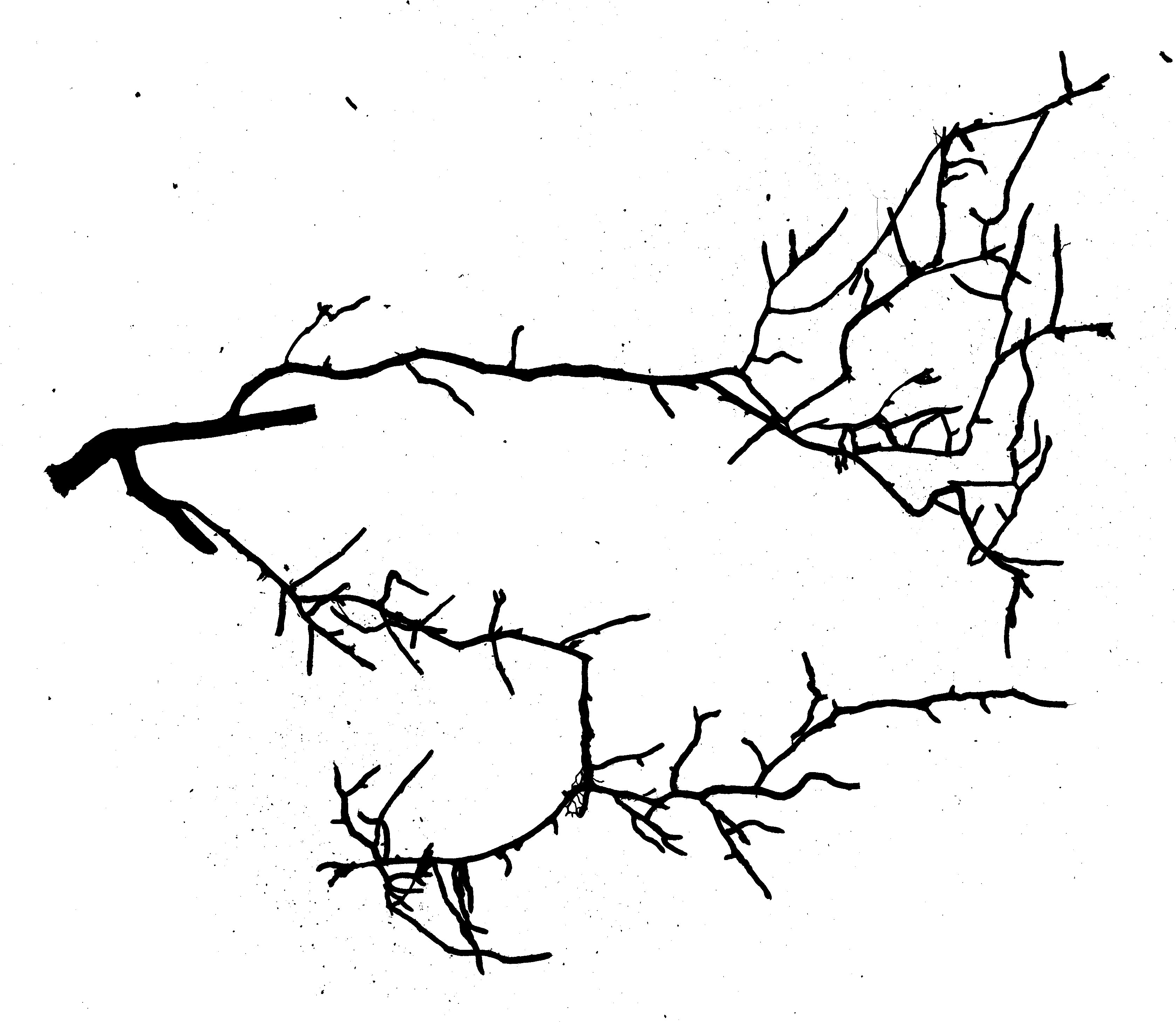
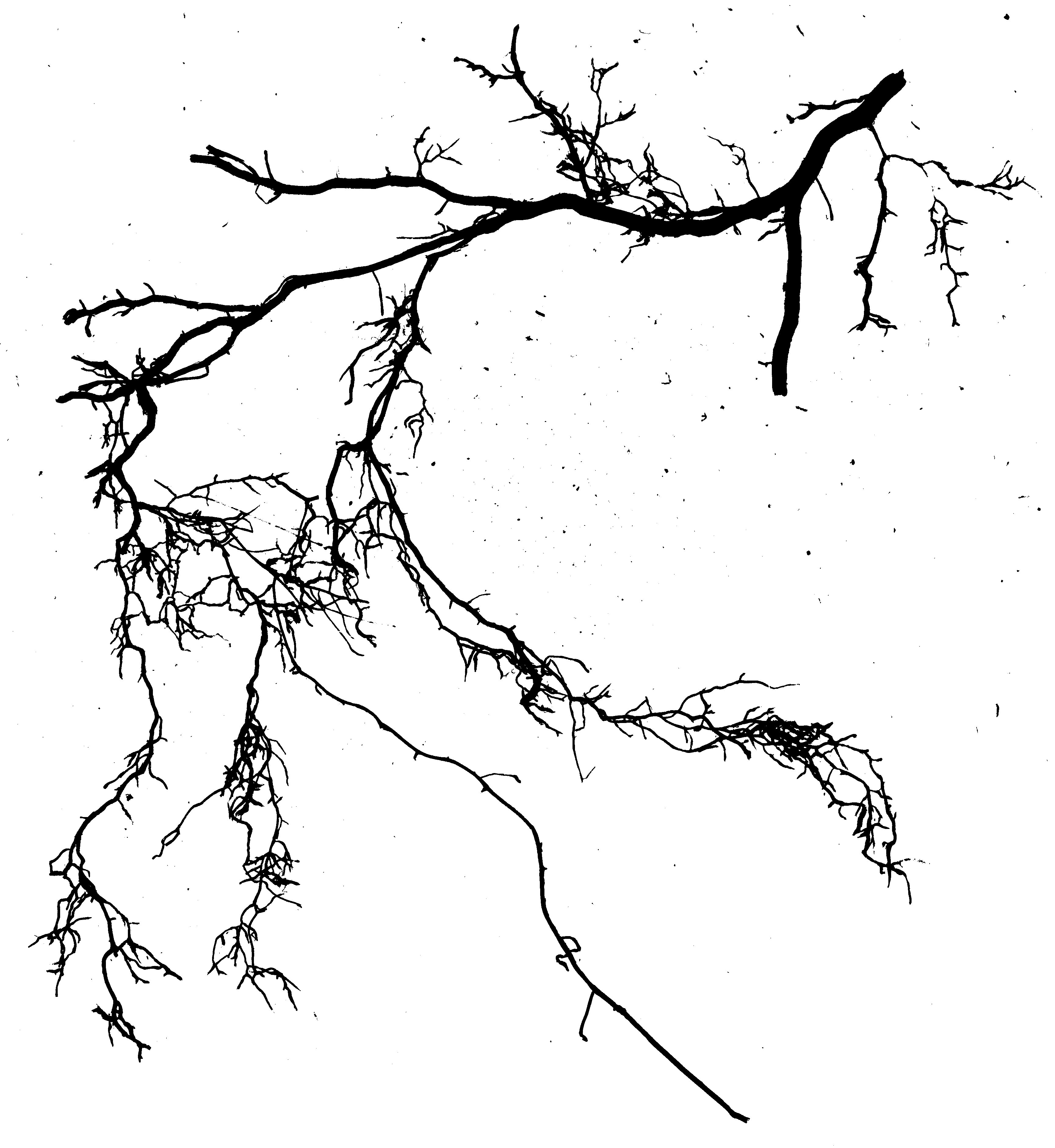
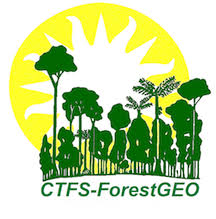
Project Backers
- 38Backers
- 100%Funded
- $5,542Total Donations
- $145.84Average Donation
